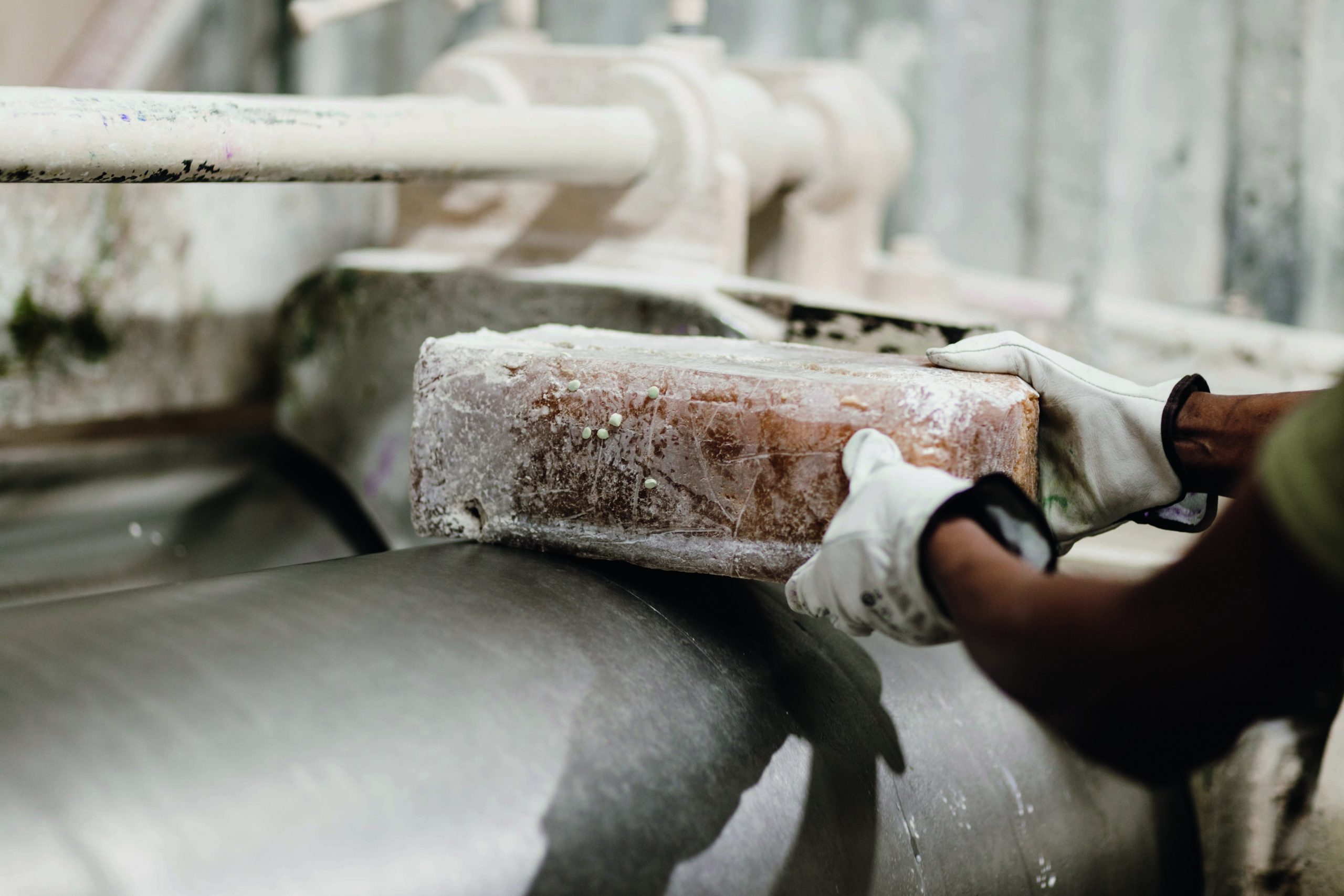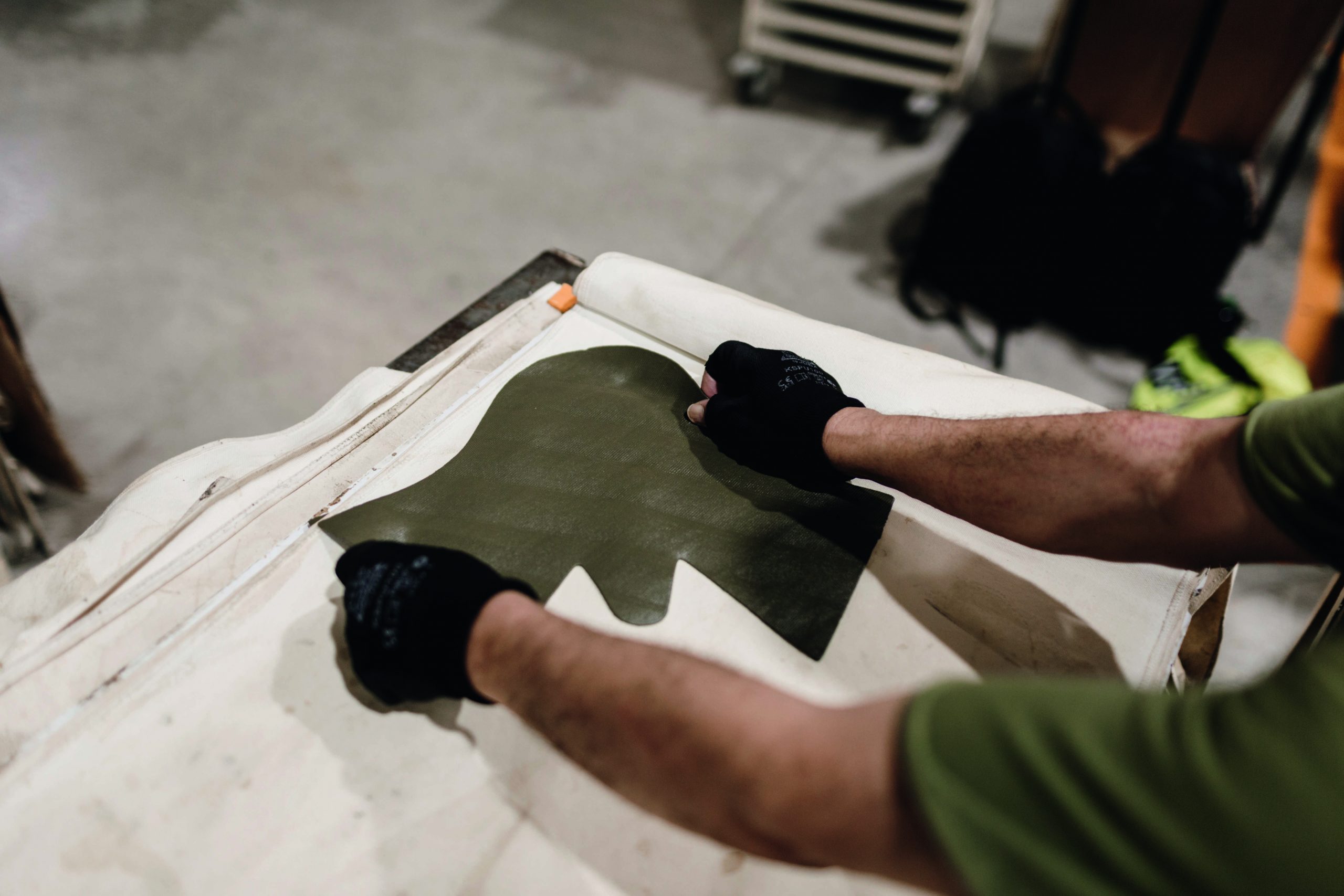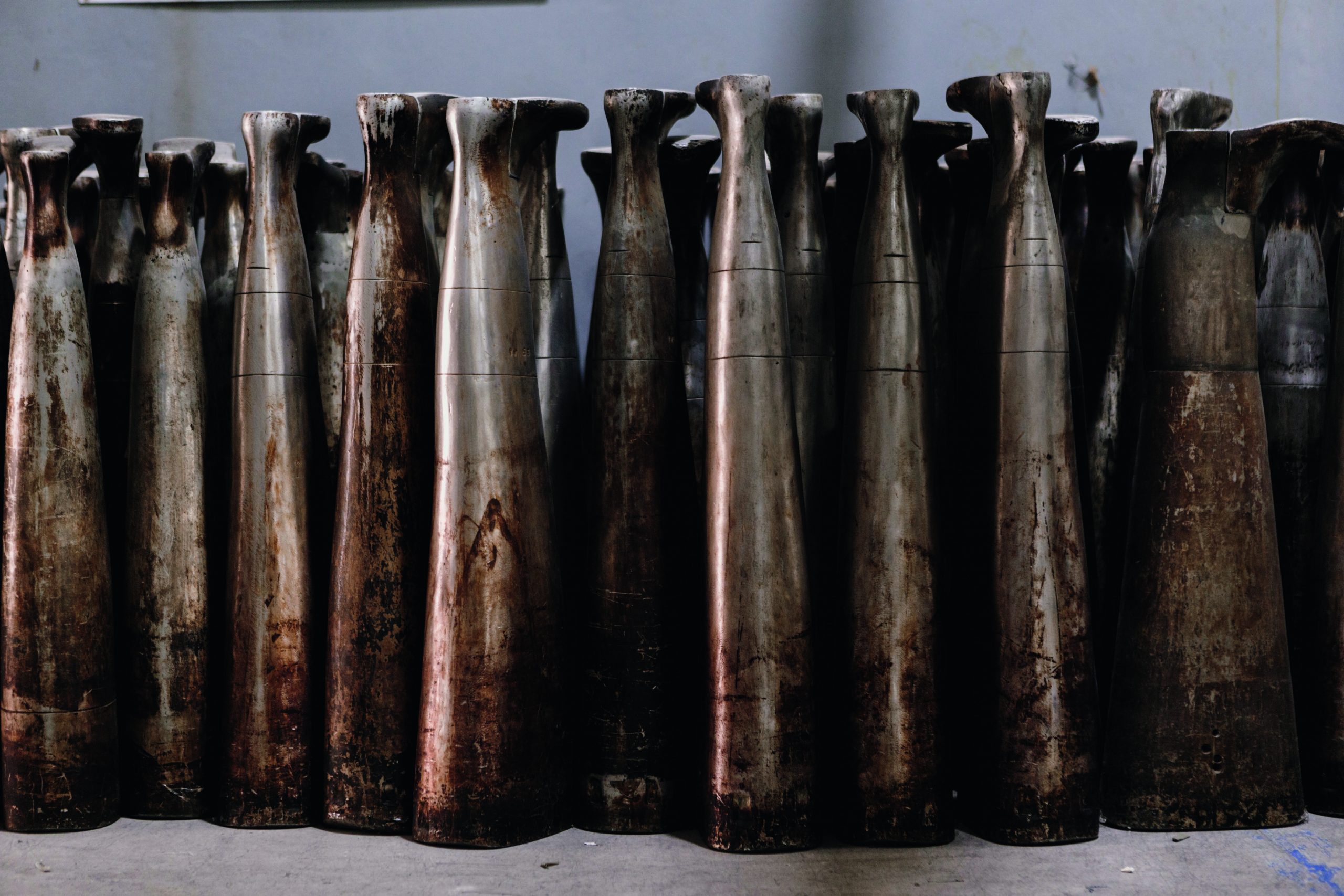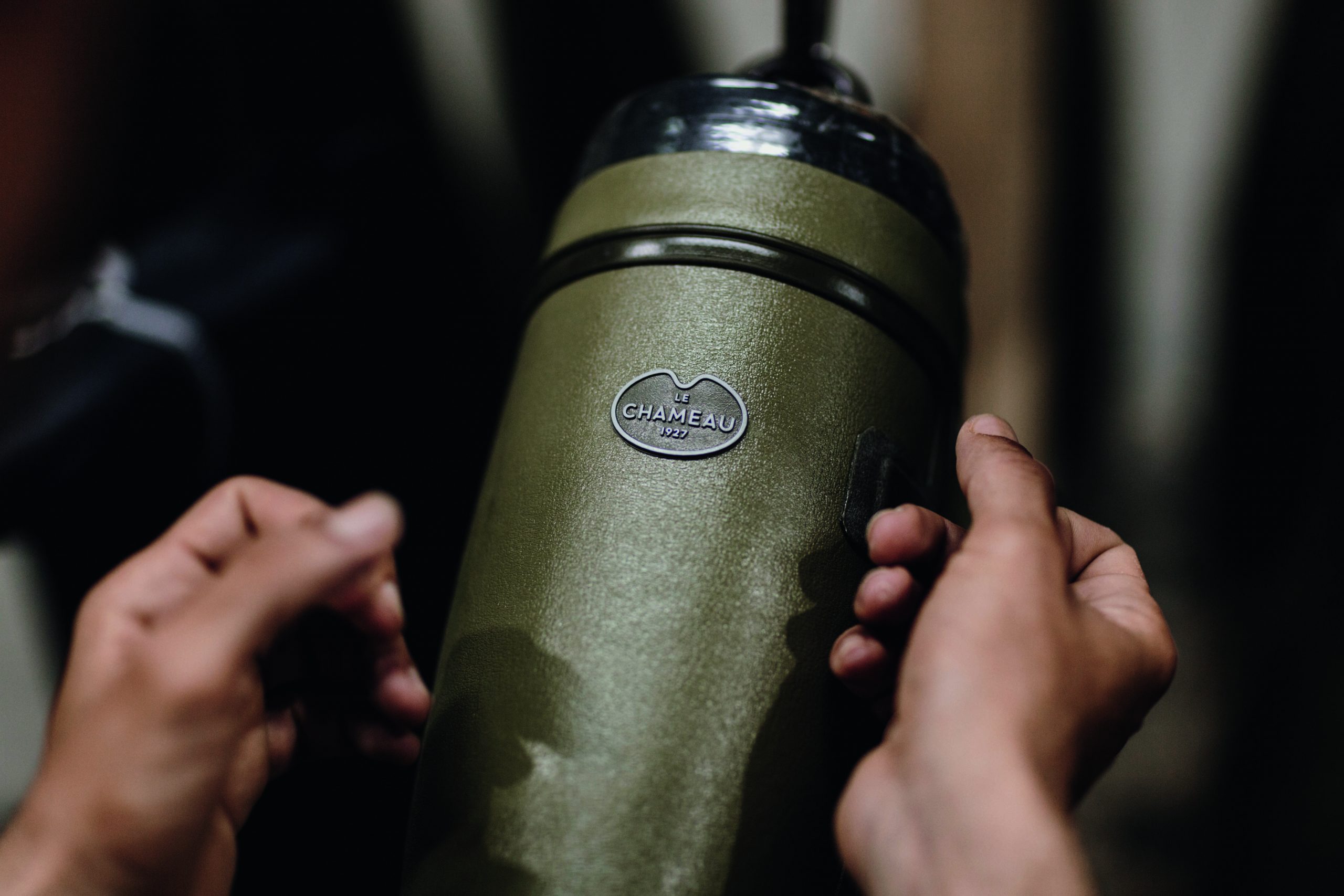News
Behind the scenes at Le Chameau
Would you like to speak to our readers? We offer sponsored articles and advertising to put you in front of our audience. Find out more.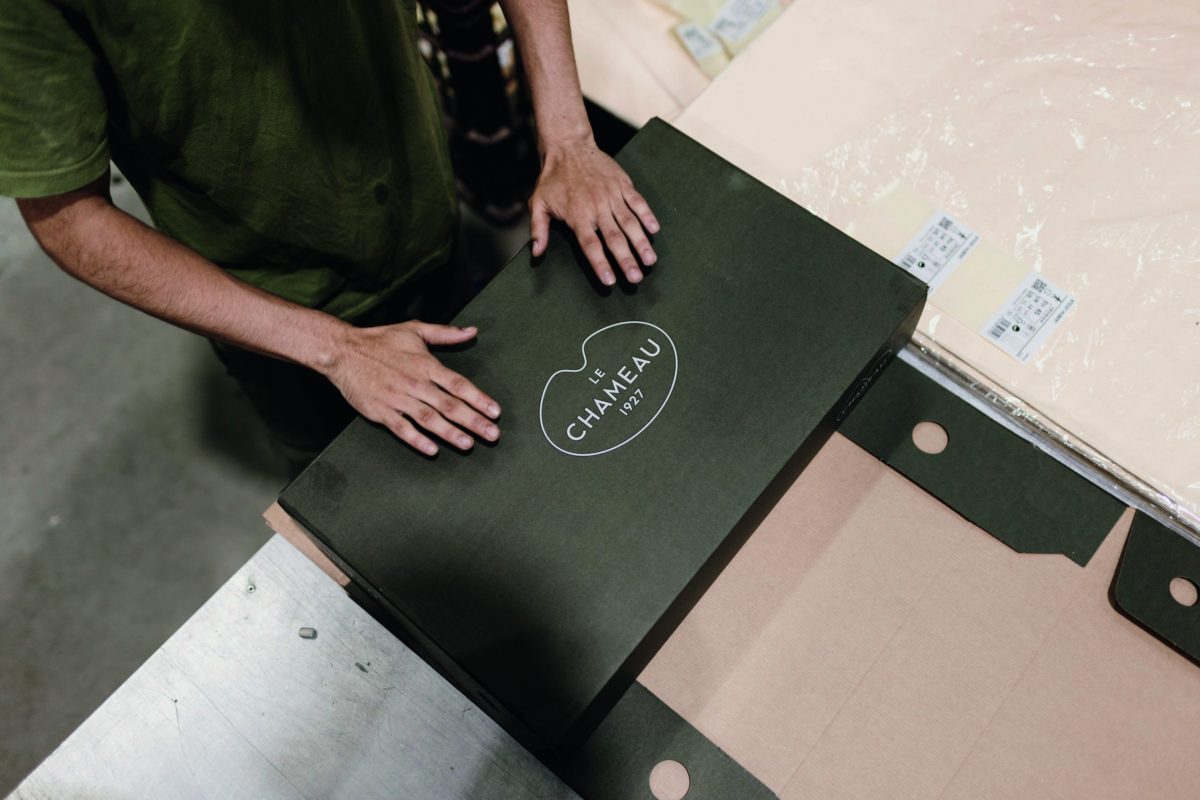
By the time you read this, a few pairs of Le Chameau boots would have been made. This is no mean feat as the work carried out at the premium bootmaker’s factory in Casablanca is done by hand.
As with many items we use and wear, most of us probably don’t give much, if any, thought as to how they came about. In our busy lives that is understandable but it is worth stopping and reflecting for a moment how those stylish boots that you are sporting and which are keeping you dry and warm in the muddy countryside were made.
I recently visited Morocco and saw up close the skill and attention given to making a pair of Le Chameau boots at every stage of the production process.
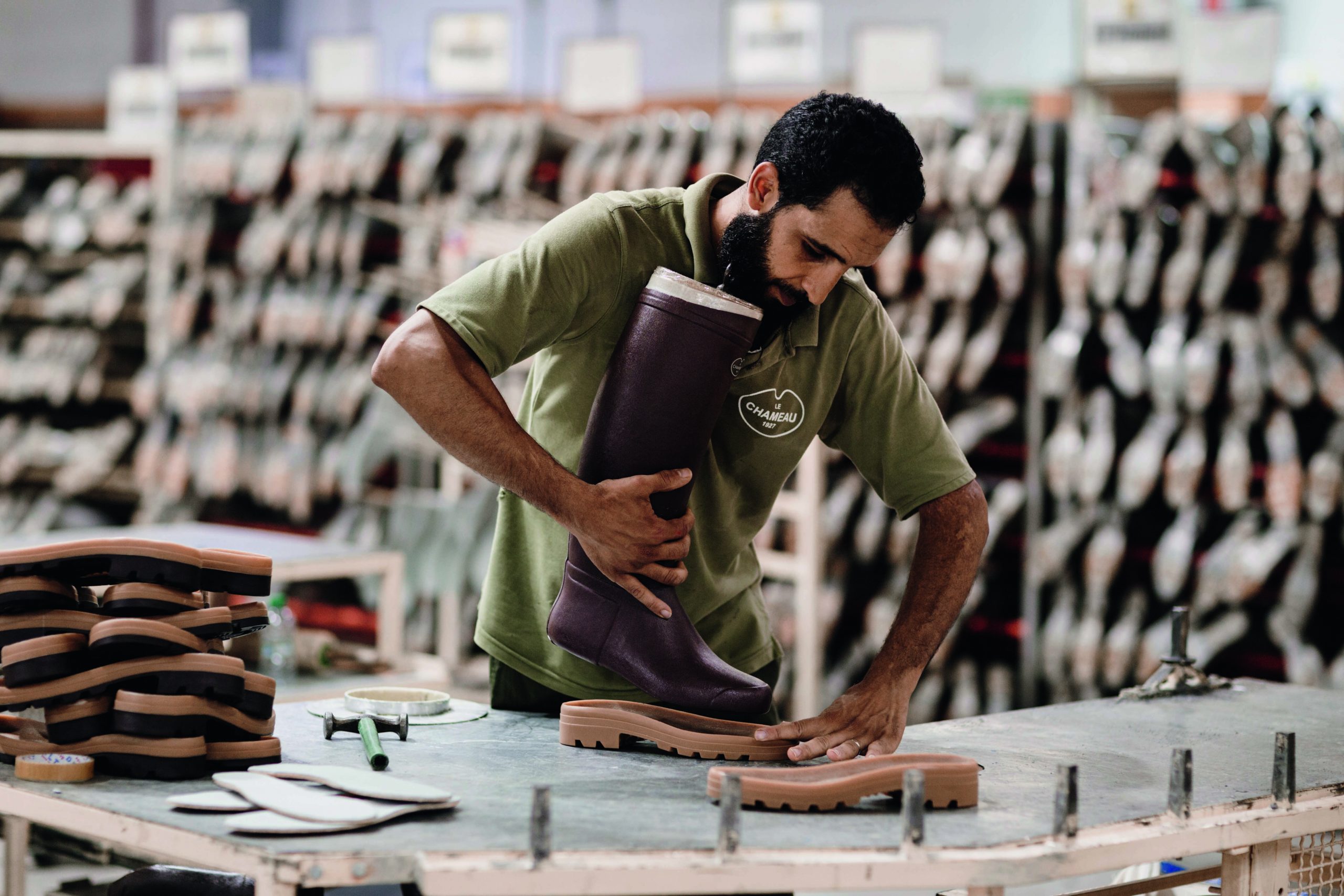
Le Chameau boots are made by hand in the factory in Casablanca
Origins of Le Chameau
First, a little bit of history. Le Chameau was founded by Claude Chamot in 1927 and set up in a workshop behind an agricultural goods store in Cherbourg, Normandy. It was not long before the reputation of Monsieur Chamot’s boots for being able to deal with all that outdoor life could throw at them reached a wider public. The business grew hand in hand with its reputation and the company moved to bigger premises. In 1949, M Chamot decided to open a factory in Casablanca, Morocco, and train a team of maître bottiers, master bootmakers in the company way.
With the expansion to Morocco the company was renamed to Le Chameau — the camel — as a playful nod to its new North African home. So the company as it is known today began.
Clockwise from above left: a block of rubber in its raw form at the start of the production process at the Le Chameau factory in Casablanca; each maître bottier stamps their initials on the boots they make; the lasts used to stretch the boots
Fast forward 74 years and generations of maître bottier at the Casablanca factory, now the company’s sole manufacturing base, have been making boots by hand, worn by people for different pursuits, including fieldsports, the world over.
Words do not tell the entire story of what it takes to make a pair of one of the many different styles of Le Chameau boots. It is a slick operation that involves no little planning, organisation and skill.
Some of the numbers that go into making the boots may give an idea:
- The boots are made from 45kg batches of rubber sourced from Vietnam
- There are 89 steps involved in making a pair of boots over 48 hours and they go through 100 pairs of hands
- The process involves five steps of quality control, which includes checking for waterproofness
Le spectacle
After the rubber has been rolled, dyed and cut the maître bottiers come into their own, making a pair of boots from the various patterns, cutting, gluing and smoothing on one of the numerous aluminium lasts, which come in multiple sizes. It is fascinating to see and you can only admire the skill allied to the speed with which the task is completed.
Every boot is stamped with the individual bootmaker’s initials to identify them, and rightly so as the maître bottiers are proud of each one of the boots they make.
Following the creation of the boot, one of the different variants of sole, made from a two-part mould, is chosen according to the intended use of the boot, be it fieldsports or marine, for example (there are plenty more), and affixed. This process takes a day as there has to be a 24-hour gap between two glues. After this comes vulcanisation.
I am sorry to disappoint any Star Trek fans, but this has nothing to do with Mr Spock; it is the cooking of the rubber to stabilise and strengthen it. This is carried out while the boot is on the last, which can withstand temperatures of 140°C. It fuses the layers of rubber with the handmade linings, sewn in a different part of the factory. The range of linings include leather, neoprene or wool.
The production process is nearing completion by this point. The aforementioned leakage test is undertaken now before the boots are polished, branded and packaged as you and I see them.
It is an impressive operation overseen by Abdelaziz Chiguer, the production manager, who runs a tight and happy ship, overseen by Corry Cavell Taylor at the parent company’s Rutland base.
There are, of course, numerous other boots on the market and worthy of your consideration. But if you are lucky enough to own a pair of Le Chameau boots, next time you put them on perhaps you will have more of an idea of the attention to detail and skill that goes into making them and realise that Casablanca is not only renowned for Ingrid Bergman and Humphrey Bogart. And, with apologies – here’s looking at your kit.
- Read here for our options for the best shooting wellies
Related articles
News
PETA attacks royal couple for breeding cocker pups
The Prince and Princess of Wales have faced criticism from animal rights group PETA after they had a litter of puppies
By Time Well Spent
News
Farmers launch legal review against Reeves’s farm tax
Chancellor Rachel Reeves faces a judicial review over inheritance tax reforms that could force family farms out of business
By Time Well Spent
Manage Consent
To provide the best experiences, we use technologies like cookies to store and/or access device information. Consenting to these technologies will allow us to process data such as browsing behavior or unique IDs on this site. Not consenting or withdrawing consent, may adversely affect certain features and functions.
Functional Always active
The technical storage or access is strictly necessary for the legitimate purpose of enabling the use of a specific service explicitly requested by the subscriber or user, or for the sole purpose of carrying out the transmission of a communication over an electronic communications network.
Preferences
The technical storage or access is necessary for the legitimate purpose of storing preferences that are not requested by the subscriber or user.
Statistics
The technical storage or access that is used exclusively for statistical purposes.
The technical storage or access that is used exclusively for anonymous statistical purposes. Without a subpoena, voluntary compliance on the part of your Internet Service Provider, or additional records from a third party, information stored or retrieved for this purpose alone cannot usually be used to identify you.
Marketing
The technical storage or access is required to create user profiles to send advertising, or to track the user on a website or across several websites for similar marketing purposes.




